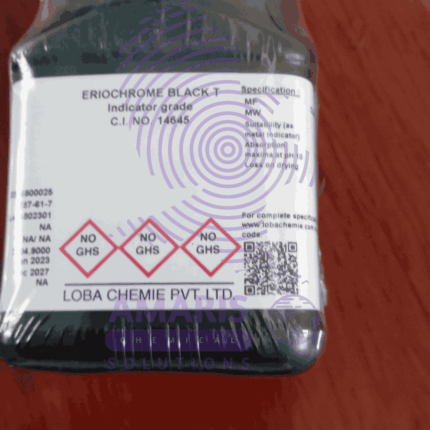

Kaolin
$6,000.00 Original price was: $6,000.00.$5,800.00Current price is: $5,800.00.
Kaolin is a type of clay that’s widely used in various industries. It’s often employed in ceramics, paper production, and cosmetics because of its fine texture and ability to absorb moisture. In skincare, kaolin is valued for its gentle exfoliating properties and its ability to draw out impurities.
Kaolin Uses
Primary Uses of Kaolin
-
Paper Industry
-
Used as a coating to improve smoothness, brightness, and printability.
-
Acts as a filler to enhance opacity and reduce fiber costs.
-
-
Ceramics
-
Essential in porcelain, tiles, sanitaryware, and tableware due to its high fusion temperature and plasticity.
-
-
Paints & Coatings
-
Used as an extender and pigment to improve opacity, texture, and durability.
-
-
Rubber Industry
-
Acts as a reinforcing filler to improve tensile strength and abrasion resistance.
-
-
Plastics
-
Improves strength, rigidity, and electrical insulation in plastic products.
-
-
Cement & Refractories
-
Used in white cement and heat-resistant materials (e.g., furnace linings).
-
Secondary Uses of Kaolin
-
Pharmaceuticals & Cosmetics
-
Used in medicines (as an excipient) and skincare products (as an absorbent in powders, masks, and soaps).
-
-
Agriculture
-
Acts as a pesticide carrier and soil conditioner (improves water retention).
-
-
Food Additives
-
Used as an anti-caking agent (e.g., in table salt and powdered foods).
-
-
Adhesives & Sealants
-
Enhances viscosity and binding properties.
-
-
Catalysts & Chemical Processes
-
Used in cracking catalysts for petroleum refining.
-
-
Fiberglass & Insulation
-
Improves strength and thermal resistance.
-
-
Animal Feed
-
Acts as an anti-diarrheal agent for livestock.
-
-
Environmental Remediation
-
Used in wastewater treatment to remove impurities.
-
| APPEARANCE |
Powdery – Fine, dry particles e.g., baking soda |
|---|---|
| AVAILABLE PACK SIZE |
25kg( Metal or Plastic Jerrycan/ Bucket, Bag, Box, Polythene bag, Carton bag) |
| COUNTRIES OF ORIGIN |
CHINA |
1 review for Kaolin
1. Basic Identification Attributes
- Chemical Name:Hydrated aluminum silicate
- CAS Number:1332-58-7
- HS Code:00.00 (Kaolin and other kaolinic clays)
- Molecular Formula:Al₂Si₂O₅(OH)₄ or Al₂O₃·2SiO₂·2H₂O
- Synonyms:China clay, porcelain clay, white clay, argilla
2. Physical & Chemical Properties
- Physical State:Fine white powder or soft earthy lumps
- Color & Odor:White to yellowish/reddish (depending on impurities); odorless
- Boiling Point:Decomposes at high temperatures (>500°C)
- Melting Point:~1750°C (when calcined)
- Density:6-2.63 g/cm³
- Solubility:
- Insoluble in water, organic solvents
- Slightly soluble in strong acids/alkalis after prolonged exposure
- pH Level:0-7.5 (5% aqueous slurry)
- Vapor Pressure:Negligible
- Flash Point:Non-flammable
- Specific Surface Area:10-30 m²/g (varies by grade)
3. Safety & Hazard Attributes
- Hazard Class (GHS):
- Not classified as hazardous
- May cause mild eye irritation (dust)
- NFPA Ratings:
- Health: 0| Flammability: 0 | Reactivity: 0
- Exposure Limits:
- OSHA PEL (respirable dust): 15 mg/m³ (total dust), 5 mg/m³ (respirable fraction)
- ACGIH TLV: 2 mg/m³ (respirable dust)
- Reactivity:
- Stable under normal conditions
- Incompatible with strong oxidizing agents
4. Storage & Handling Attributes
- Storage Conditions:
- Store in dry, well-ventilated areas
- Keep containers tightly sealed to prevent moisture absorption
- Incompatible Materials:Strong acids, strong bases
- Container Type:
- Multi-wall paper bags, bulk bags, or plastic-lined containers
- Shelf Life:Indefinite if kept dry
- Special Handling:
- Use dust control measures (local exhaust ventilation)
- Wear NIOSH-approved dust mask if airborne dust is present
5. Regulatory & Compliance Attributes
- Regulatory Status:
- FDA:Approved as indirect food additive (21 CFR 186.1256)
- EU:Compliant with REACH, approved for cosmetics
- EPA:Exempt from tolerance requirements (40 CFR 180.1001)
- Hazard Symbols (GHS):None required
- Transportation Restrictions:
- Not regulated as hazardous material
- Waste Disposal:
- Dispose as non-hazardous waste in accordance with local regulations
6. Environmental & Health Impact
- Ecotoxicity:
- Practically non-toxic to aquatic organisms
- No bioaccumulation potential
- Persistence:
- Naturally occurring mineral; persists indefinitely in environment
- Carcinogenicity:
- Not listed by IARC, NTP, or OSHA
- Note: Crystalline silica content (if present) may require evaluation
- Biodegradability:Non-biodegradable (mineral substance)
Personal Protective Equipment (PPE):
- Respiratory Protection: Use a dust mask (NIOSH N95 or equivalent) if airborne dust is present.
- Eye Protection: Safety goggles to prevent dust irritation.
- Skin Protection: Wear gloves and long-sleeved clothing to avoid prolonged skin contact.
- Footwear: Anti-slip, closed-toe shoes to prevent slipping on spilled powder.
Handling & Storage:
- Avoid creating dust by using controlled pouring methods or enclosed systems.
- Store in a dry, well-ventilated area away from incompatible chemicals (strong acids, oxidizers).
- Keep containers tightly sealed when not in use.
- Use proper lifting techniques or mechanical aids to avoid strain when handling heavy bags.
Workplace Hygiene:
- Wash hands and face after handling.
- Avoid eating, drinking, or smoking in areas where kaolin is handled.
- Clean work areas regularly to prevent dust accumulation.
Inhalation:
- Move to fresh air immediately.
- If breathing is difficult, seek medical attention.
Skin Contact:
- Wash affected area with soap and water.
- If irritation persists, consult a doctor.
Eye Contact:
- Rinse eyes gently with lukewarm water for at least 15 minutes, lifting eyelids occasionally.
- Seek medical attention if irritation continues.
Ingestion:
- Rinse mouth with water.
- Do NOT induce vomiting unless directed by medical personnel.
- Seek medical advice if large amounts are swallowed.
Firefighting Measures
Kaolin is non-flammable and non-combustible, but dust clouds may pose an explosion hazard in extreme conditions.
Extinguishing Media:
- Use water spray, foam, dry chemical powder, or CO₂ if nearby materials are burning.
- Kaolin itself does not burn but may act as an insulator in fires.
Special Hazards:
- Dust accumulation may explode if ignited in high concentrations.
- Avoid creating dust clouds near ignition sources.
Protective Equipment for Firefighters:
- Wear self-contained breathing apparatus (SCBA) if large amounts of dust are airborne.


 Emollients
Emollients Humectants
Humectants UV Filters
UV Filters Surfactants (cosmetic)
Surfactants (cosmetic) Preservatives (cosmetic)
Preservatives (cosmetic) Fragrances and Essential Oils
Fragrances and Essential Oils Antioxidants (cosmetics)
Antioxidants (cosmetics)
 Solvents (lab)
Solvents (lab) Chromatography Chemicals
Chromatography Chemicals Microbiology and Cell Culture Reagents
Microbiology and Cell Culture Reagents Biochemical Reagents
Biochemical Reagents Inorganic and Organic Standards
Inorganic and Organic Standards LABORATORY EQUIPMENT & APPARATUS
LABORATORY EQUIPMENT & APPARATUS Spectroscopy Reagents
Spectroscopy Reagents Molecular Biology Reagents
Molecular Biology Reagents
 Precious Metal Extraction Agents
Precious Metal Extraction Agents
 Plasticizers
Plasticizers Polymerization Initiators
Polymerization Initiators Stabilizers
Stabilizers Monomers
Monomers Fillers and Reinforcements
Fillers and Reinforcements Antioxidants (plastics)
Antioxidants (plastics) Colorants (plastic pigments,Dyes)
Colorants (plastic pigments,Dyes)
 Fertilizers
Fertilizers Plant Growth Regulators
Plant Growth Regulators Soil Conditioners
Soil Conditioners Animal Feed Additives
Animal Feed Additives Biostimulants
Biostimulants
 Dough Conditioners
Dough Conditioners Flour Treatments
Flour Treatments Fat Replacers
Fat Replacers Preservatives (baking)
Preservatives (baking)
 Surfactants (cleaning)
Surfactants (cleaning) Builders
Builders Bleaching Agents
Bleaching Agents Enzymes
Enzymes Solvents (cleaning)
Solvents (cleaning) Fragrances
Fragrances Disinfectant
Disinfectant Metal cleaning
Metal cleaning
 Binders/Resins
Binders/Resins Pigments
Pigments Solvents (paint)
Solvents (paint) Additives
Additives Driers
Driers Anti-Corrosion Agents
Anti-Corrosion Agents Specialty Coatings
Specialty Coatings Functional Coatings
Functional Coatings Application-Specific Coatings
Application-Specific Coatings
 Sealants and Adhesives
Sealants and Adhesives
 Biodegradable Surfactants
Biodegradable Surfactants Bio-based Solvents
Bio-based Solvents Renewable Polymers
Renewable Polymers Carbon Capture Chemicals
Carbon Capture Chemicals Wastewater Treatment Chemicals
Wastewater Treatment Chemicals
 Preservatives (food)
Preservatives (food) Flavor Enhancers
Flavor Enhancers Acidulants
Acidulants Sweeteners
Sweeteners Emulsifiers
Emulsifiers Antioxidants (food)
Antioxidants (food) Colorants (food)
Colorants (food) Nutrient Supplements
Nutrient Supplements Nutraceutical Ingredients
Nutraceutical Ingredients
 Fresh Herbs
Fresh Herbs Whole Spices
Whole Spices Ground Spices
Ground Spices Spice Blends
Spice Blends
 Surfactants(oil)
Surfactants(oil)
 Antibiotics
Antibiotics Active Pharmaceutical Ingredients
Active Pharmaceutical Ingredients Excipients
Excipients Vaccine Adjuvants
Vaccine Adjuvants Nutraceutical Ingredients
Nutraceutical Ingredients Solvents (pharmaceutical)
Solvents (pharmaceutical)
 Automotive chemicals
Automotive chemicals Pyrotechnic Chemicals
Pyrotechnic Chemicals


 Vulcanizing Agents
Vulcanizing Agents Accelerators & Retarders
Accelerators & Retarders Antidegradants
Antidegradants Reinforcing Agents
Reinforcing Agents Plasticizers & Softeners
Plasticizers & Softeners Fillers & Extenders
Fillers & Extenders Blowing Agents
Blowing Agents Adhesion Promoters
Adhesion Promoters

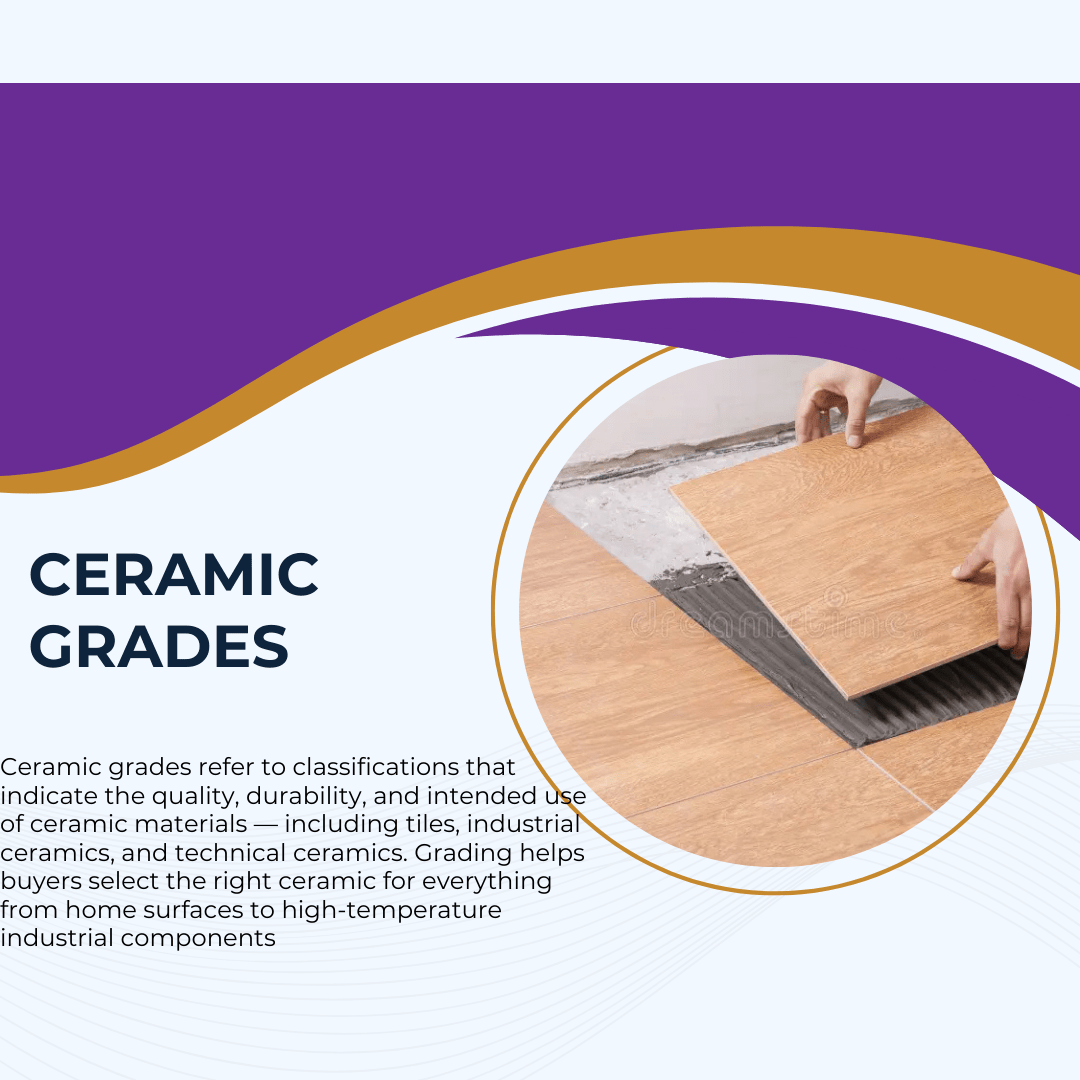
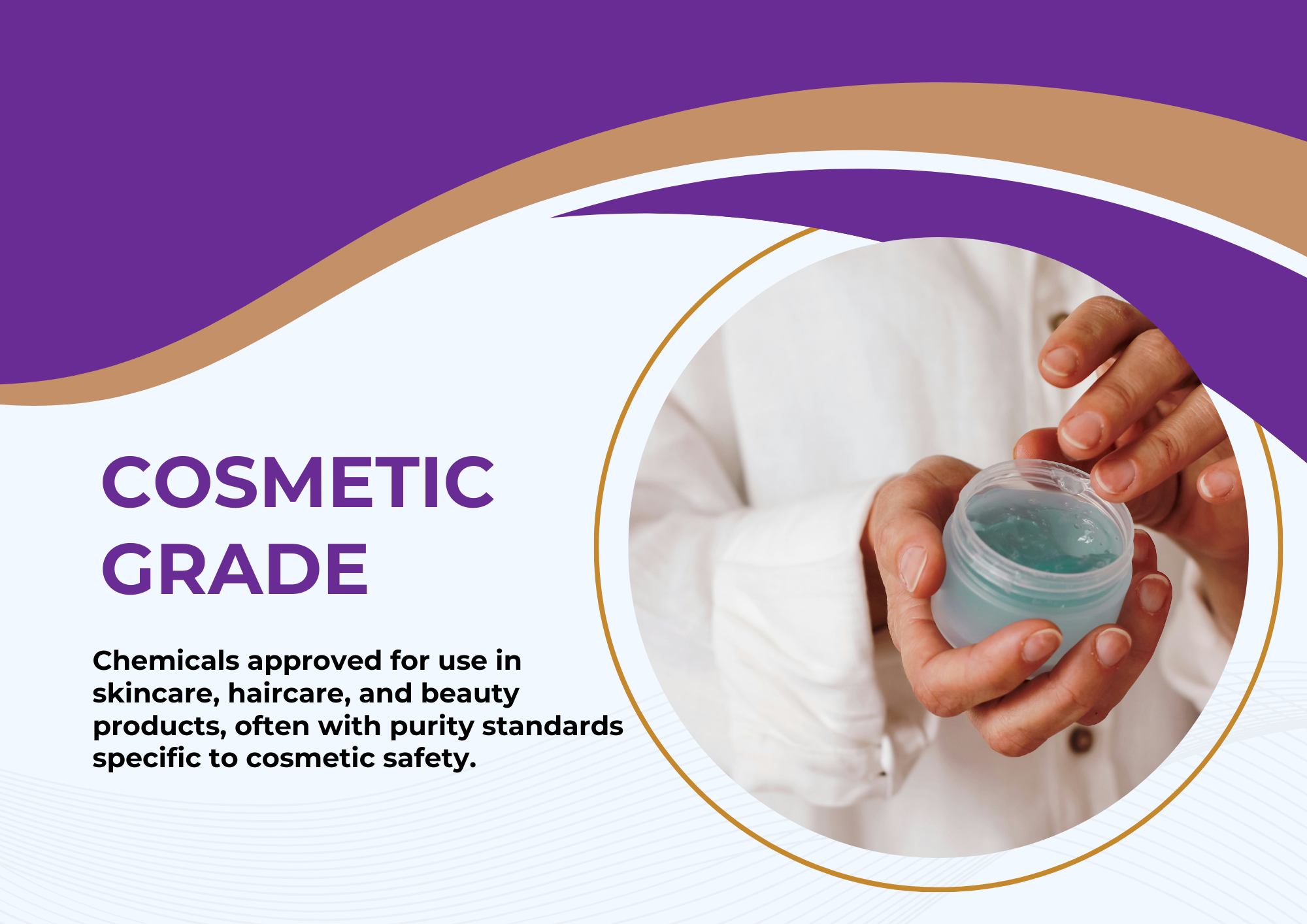
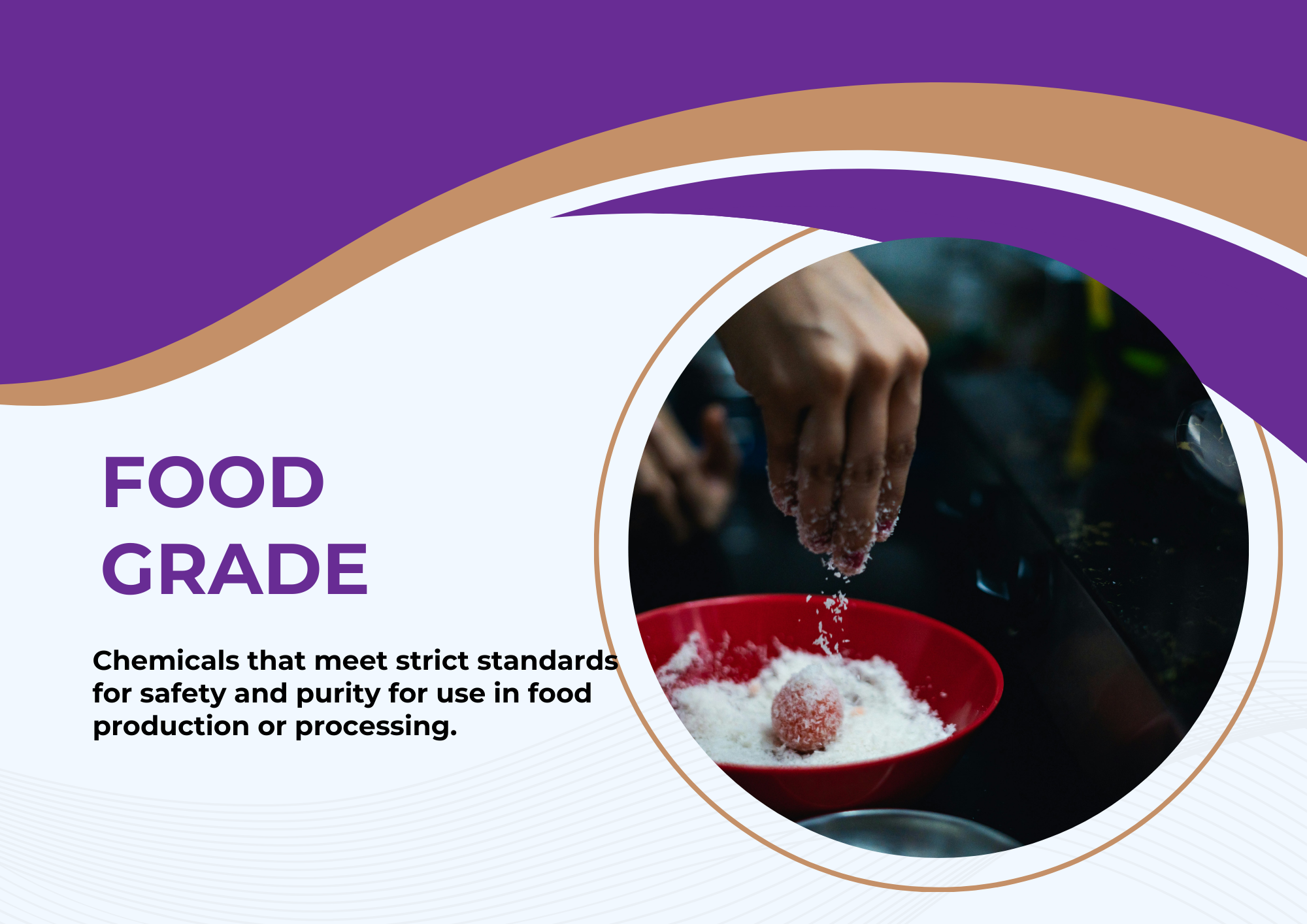


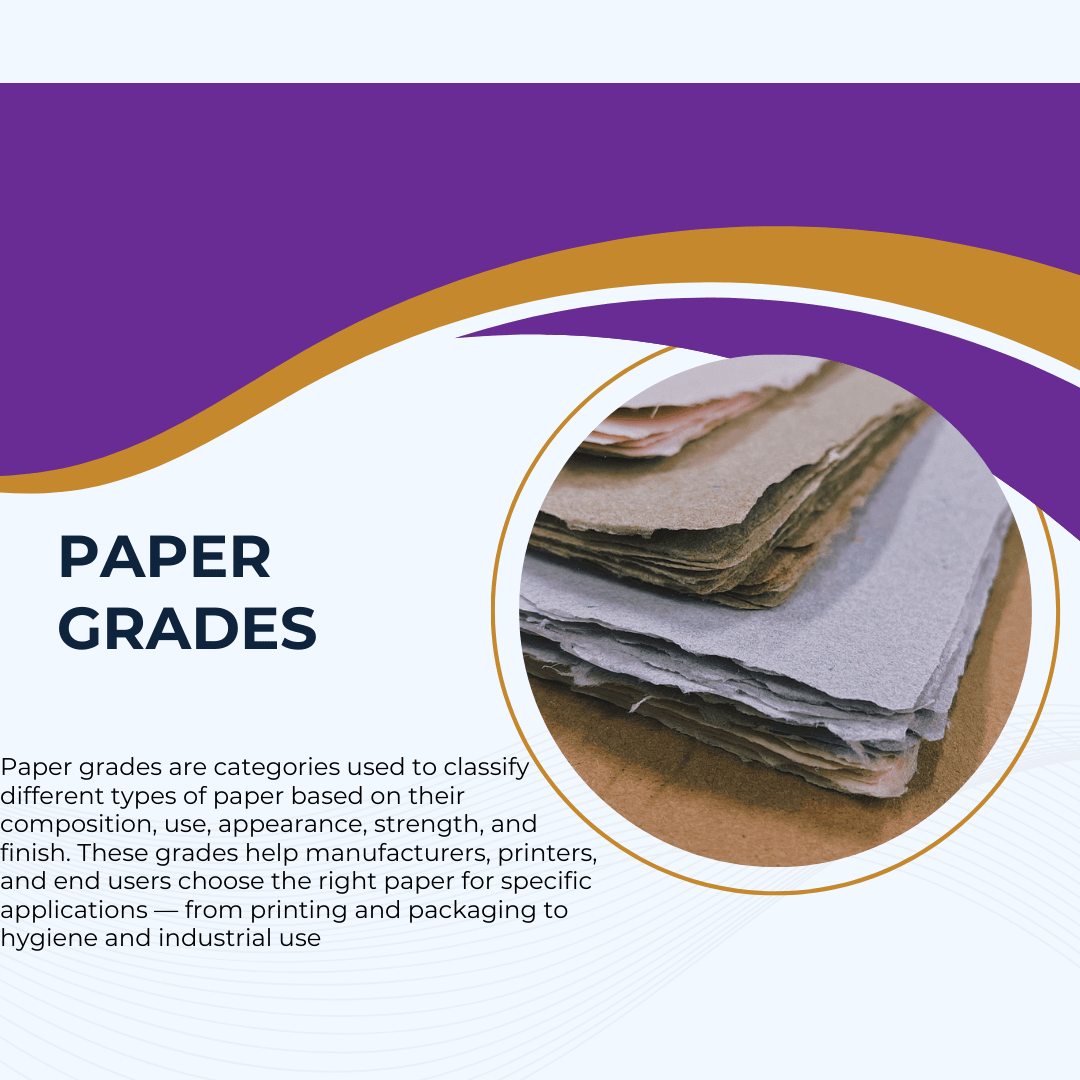

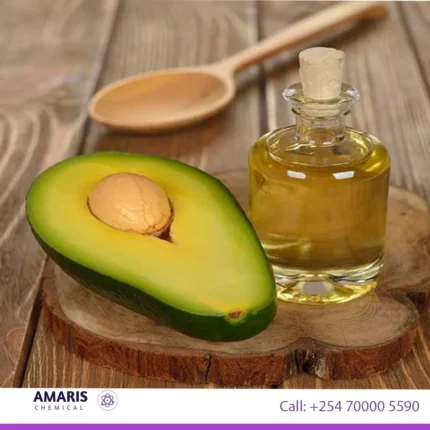
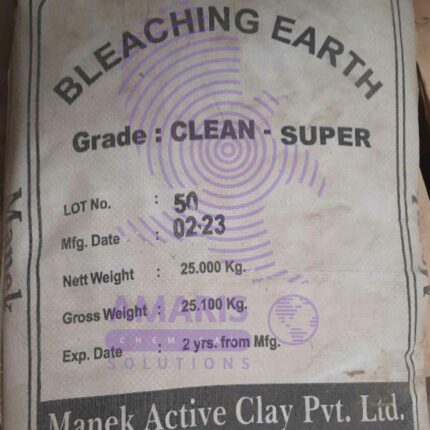
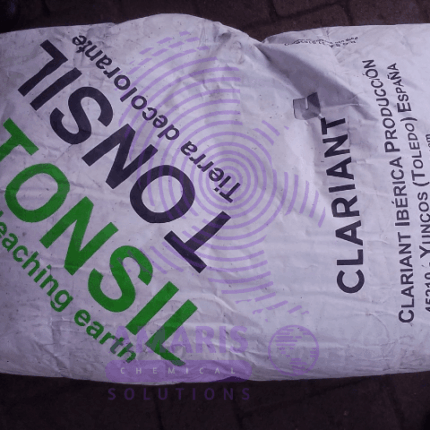
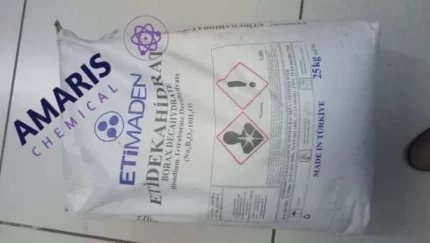
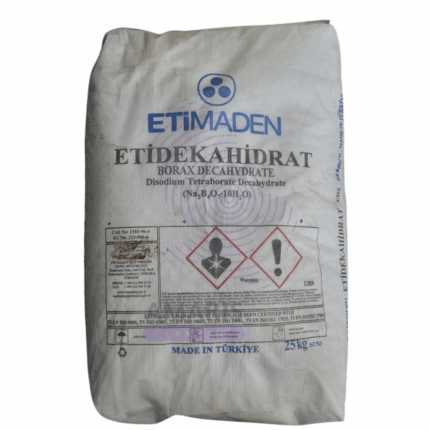
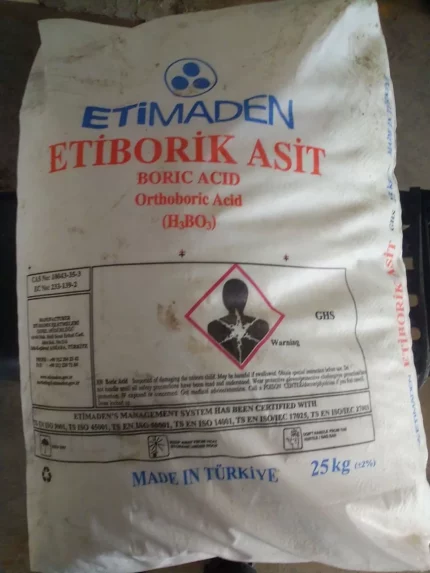


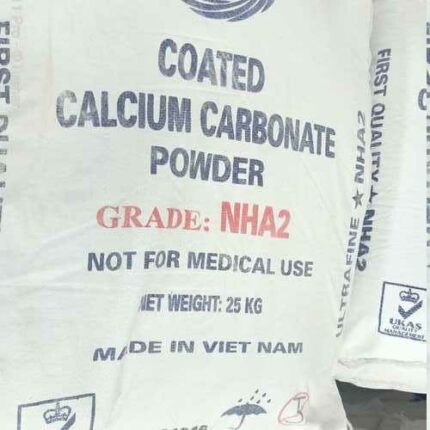


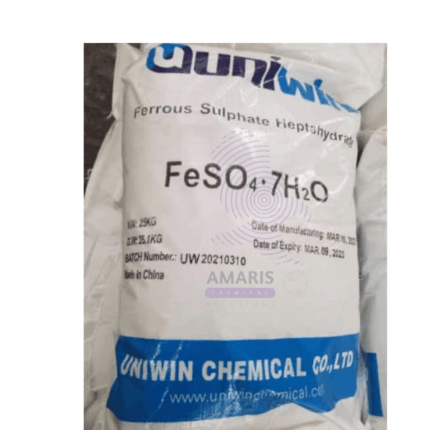
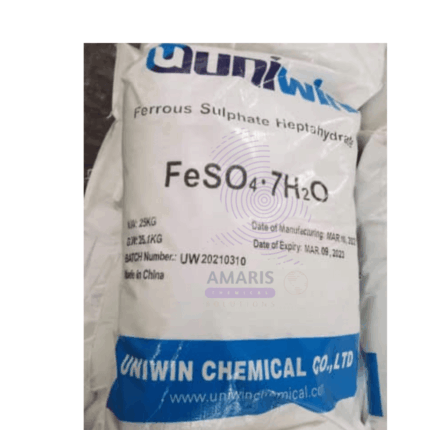
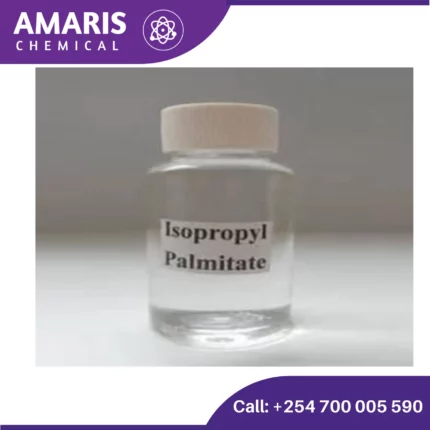













Roman –
it is used as a filler